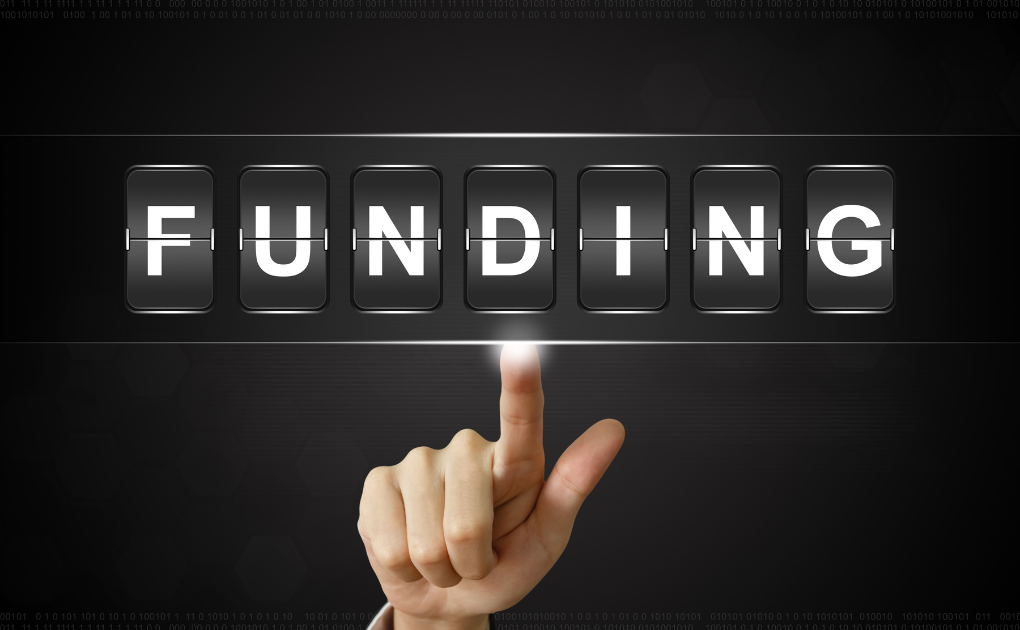Self-awareness for therapists and helping professionals is a powerful tool, enabling them to reduce suffering and more effectively support their clients.
I talked to a friend recently who told me they studied psychology in college so they could help people. A very noble endeavor, right?
But what they realized? They went into psychology to help themselves—to figure out what happened to them and find better ways of coping.
Is your Why about using your lived experience and education to reduce the suffering of others? Does that sometimes feel overwhelming?
Psychologist and popular podcast host, Anita Sanchez, reminds us that, “Therapy is one of the few professions where one of the most important tools you have at your disposal is your own self-awareness.”
We can also find this age-old truth dressed up as “Physician Heal Thyself” in Jewish and Christian scripture and Greek and Latin fables. It speaks to the need for us to do our inner work because if we do not, it will take a toll on our physical and mental health and our ability to show up for others.
Part of becoming an adult is developing the self-awareness to separate what we believe as adults from what we were taught in our family of origin.
If you grew up in a dysfunctional family, the dysfunction feels normal. Without self-examination and self-awareness, you could harm rather than help.
The truth is that recognizing your own barriers, bias, and fears pushes you to be a better professional.
I had to learn this very early in my career. When I started doing crisis work as a 27-year-old, all my childhood trauma flooded the surface. It was messy, ugly, and suddenly, I had post-traumatic stress that debilitated me. It forced me to see that I could not help anyone until I helped myself.
For a year, I went to counseling, where I told my story from beginning to end. The story unfolded in me with an energy that could not be denied. Piece by piece, I shared the ugly details; someone heard my secrets and did not judge me.
In the process, I got well and developed the self-awareness that made me an effective counselor.
I realized that telling the story was critical to my healing. The story took shape and form in the telling, sequencing the events, and making sense of my responses. I came to understand that in sequencing the story, it became organized differently, and I could forgive myself for my responses. This helped me better understand my clients’ trauma stories.
Have you ever wondered why some trauma stories do not ring true? Ever question the validity of someone’s story when it did not make sense to you?
Research shows that trauma memories float around in our short-term memory. When people share those bits of their story, they are often not sequenced correctly and do not make sense to the hearer.
Guess what? They do not need to make sense to us; the individual needs to speak those bits of memory aloud and have them heard by someone who does not hold them in judgment.
Ever wonder why someone gets so upset about something that may have happened 20 years ago? In their minds, the emotions attached to that memory feel like that experience happened yesterday, and sometimes, as if it is happening right now.
In the telling, the memories fall into the correct sequence, and the brain finds a way of downloading them into long-term memory. The miracle is that the emotions disconnect in this process.
When I was ten, I skidded my bike in a cinder parking lot and filled my knee with tiny cinders. My pain level was a ten, and I would not let my mother scrub out the cinders. To this day, I carry those cinders in my knee. They are a reminder of the injury, but the memory does not carry the pain, fear, or anxiety anymore. It is just a memory from my past.
The emotions of a trauma memory can also be disconnected from the feelings.
There are two ways that people can tell their story to help that happen.
The first is to tell it aloud to someone else who becomes their witness. The witness must live in radical acceptance and be trustworthy—an active listener who can demonstrate empathy and compassion.
Not every professional has a trauma story, but we all have unresolved issues that can get in the way of helping others. It might be a personal loss, divorce, unrecognized bias, or prejudice. Working on ourselves makes you a better helper—and better able to be an active, compassionate listener.
Start the process, find a therapist, a good friend, a clergy, or someone you trust, and start telling your story.
Something about being in the client seat for a while gives you a different perspective.
The second comes from the work of James Pennebaker on expressive writing.
Interestingly, our brains don’t know the difference between telling the story and writing about the events. The process seems to be the same. The goal is to make sense of what happened. That sense might be the acceptance that it was a random act or that the person who hurt us was mentally ill. In expressive writing, our adult self is the witness to the story.
Whichever method you select, know it will help you address your barriers, biases, and fears so you can develop the insights required to support others.
Through personal healing, therapists and helping professionals can also gain the self-awareness that fosters empathy, compassion, and transformative change for their clients.



